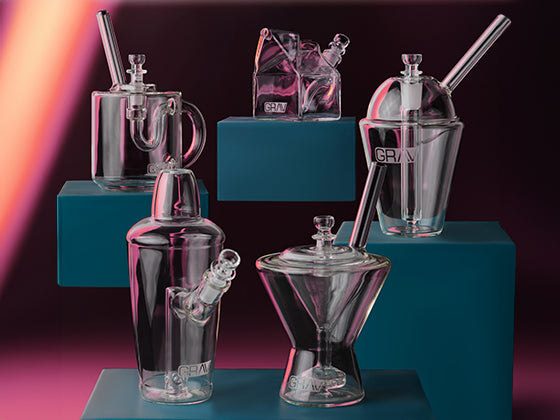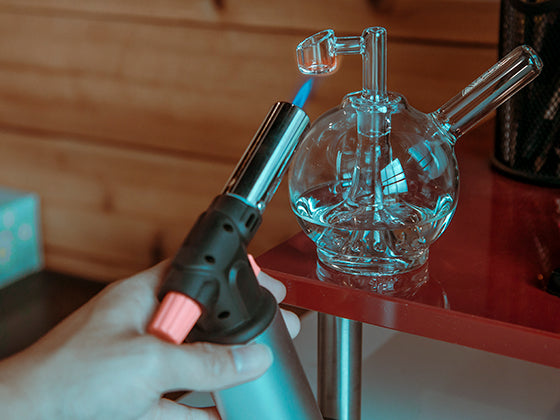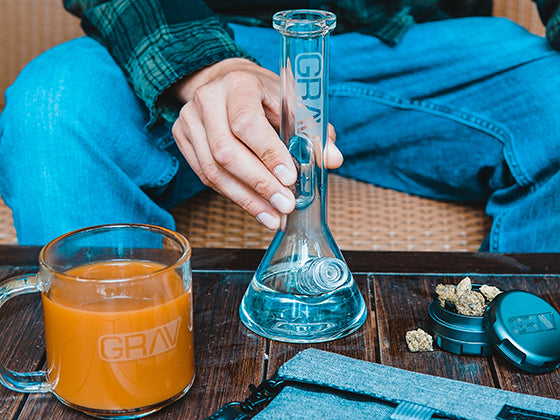GRAV is proud to be part of the scientific glass community and a tradition of glassblowing that is centuries old and still evolving. We encourage everyone to be curious and eager to learn. Our glossary helps to clarify some of the terms we use most often to talk about our products. If you'd like to better understand an aspect of glass blowing that isn't featured here, [email protected] is ready to help.
SUGGEST A TERM
If you'd like a word defined and don't see it listed here, please suggest it to us by filling out this form!












